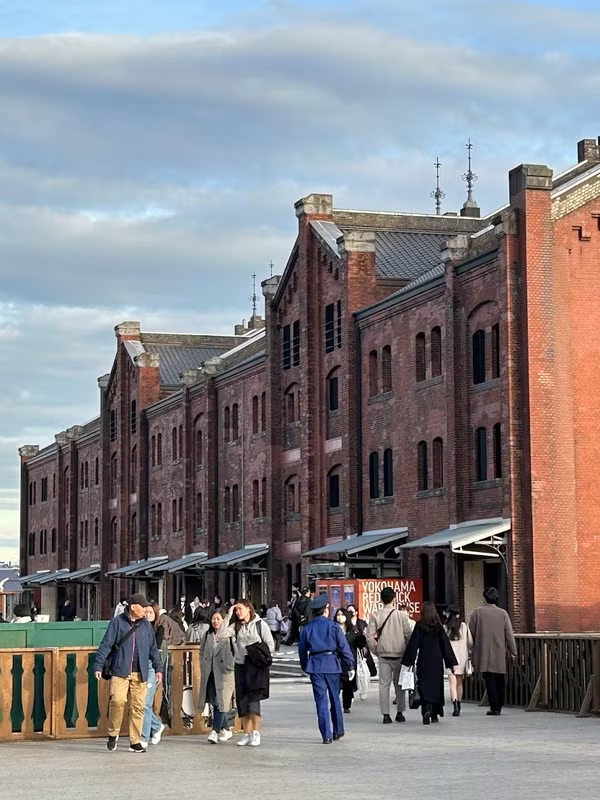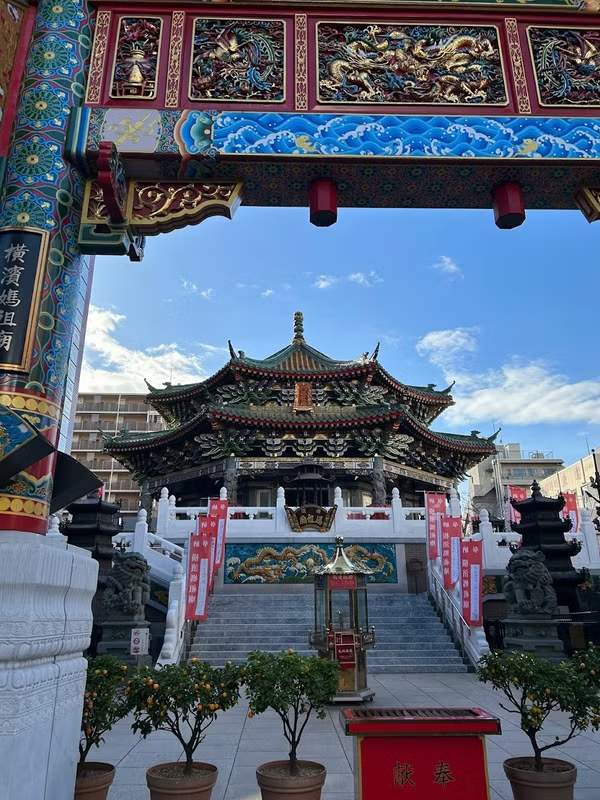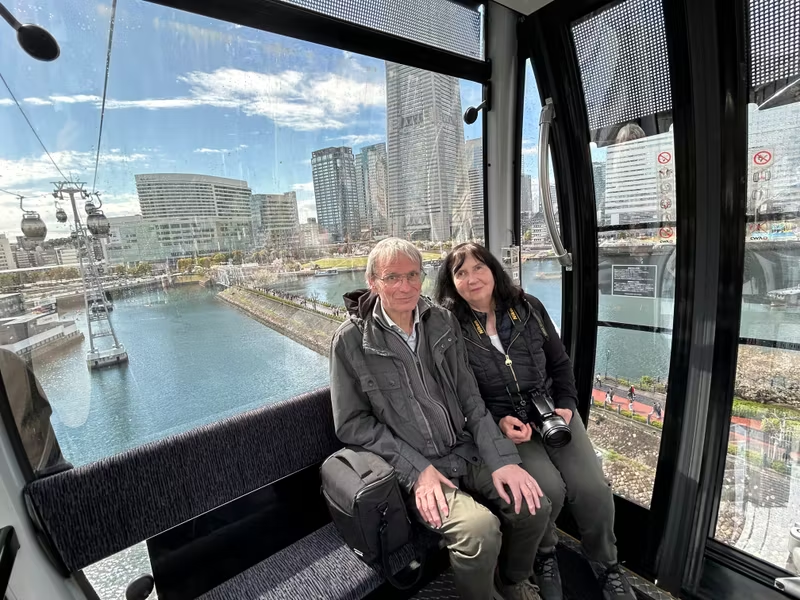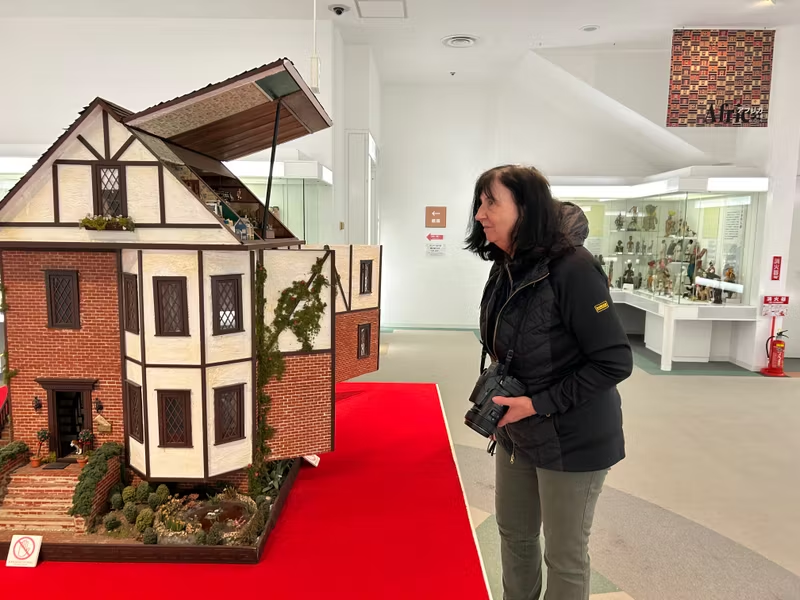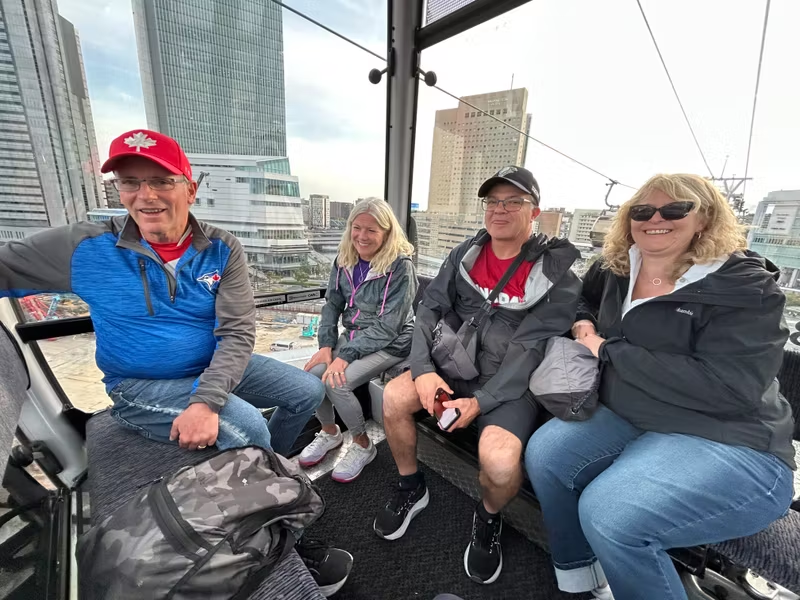For the first time visitor, Yokohama Highlights, Five hours
Yokohama, Japan's second-largest city, offers a unique blend of traditional charm and modern attractions. Here are some key aspects that make Yokohama charming:
7. Beautiful Waterfront Area:
o Minato Mirai 21:
o Yamashita Park:
o Yokohama Chinatown:
o Cup Noodles Museum:
o Yokohama Red Brick Warehouse:
Itinerary
This itinerary can be customized to meet your needs and preferences. Send me a message with your requests!
Meeting Point
At your hotel
- We use public transportation from your hotel to Yokohama.
MInatono Mieru Oka Park or "Harbor View Hill Park,
Minatono Mieru Oka Park, also known as "Harbor View Hill Park," is one of Yokohama’s most enchanting spots, offering a blend of natural beauty, historical significance, and panoramic views that capture the essence of this vibrant port city. Situated on a hilltop in the Naka Ward, the park provides an oasis of tranquility amidst the bustling urban landscape.
The primary charm of Minatono Mieru Oka Park lies in its breathtaking vistas. Visitors are treated to sweeping views of Yokohama Bay, the iconic Bay Bridge, and the bustling harbor below. These views are particularly stunning at sunset when the sky is painted with hues of orange and pink, reflecting off the water and creating a picturesque scene that is perfect for photography or a leisurely stroll.
Motomachi Sopping Street
Motomachi Shopping Street, nestled in Yokohama, Japan, exudes a distinct charm that captivates visitors with its blend of history, culture, and modernity. Stretching through the heart of Yokohama's Motomachi district, this pedestrian-friendly avenue offers a glimpse into both its storied past and contemporary vibrancy.
At first glance, Motomachi Shopping Street's allure lies in its picturesque architecture. Lined with quaint shops, charming cafes, and boutiques housed in Western-style buildings dating back to the Meiji era, the street exudes an old-world European ambiance. The cobblestone sidewalks and nostalgic street lamps further enhance this atmosphere, making it a perfect blend of Japanese precision and Western elegance.
Yokohama China Town
Yokohama Chinatown, located in the Naka Ward of Yokohama, is the largest Chinatown in Japan and one of the largest in the world. Established in 1859 following the opening of Yokohama’s port to foreign trade, it has grown into a vibrant and bustling district, rich in Chinese culture and history.
The area is characterized by its colorful and ornate Chinese gates, known as “paifang,” which mark the entrances to the district. There are ten such gates, each symbolizing different aspects of traditional Chinese culture. The streets of Chinatown are lined with over 600 shops and restaurants, offering a wide array of authentic Chinese cuisine, from dim sum and Peking duck to street food like baozi (steamed buns) and gyoza (dumplings).
Yamashita Park
Yamashita Park, nestled along the Yokohama waterfront in Japan, exudes a captivating charm that blends natural beauty with cultural significance and historical resonance. Spanning over 750 meters along the bay, this park is not merely a recreational space but a symbolic junction where the past meets the present.
At its heart, Yamashita Park is adorned with lush greenery, meticulously manicured gardens, and shaded pathways that invite leisurely strolls. Towering palm trees sway gently in the breeze, creating a tranquil atmosphere that contrasts with the bustling urban life just beyond its borders. The park's design harmonizes with Yokohama's cosmopolitan skyline, offering panoramic views of the Yokohama Bay Bridge and ships gliding across the azure waters.
Yokohama Red Brick Warehouse
Yokohama Red Brick Warehouse, also known as Yokohama Red Brick Storage Town, is a historical building complex located in Yokohama, Japan. Here are some aspects that contribute to its charm:
Historical Significance: Built in the early 20th century, these red brick warehouses were originally used for customs inspection of imported goods. They have since been preserved and converted into a cultural and commercial complex, maintaining their historical charm.
Inside the warehouses, you'll find a variety of shops, cafes, and restaurants. The blend of traditional architecture with modern amenities creates a unique atmosphere for shopping and dining experiences.
Yokohama Air Cabin
Yokohama Air Cabin refers to a type of futuristic transportation system that aims to provide elevated pod-like cabins for passengers. These cabins are designed to move along a track system installed above ground, allowing for efficient urban transport. The concept often includes features like automated operation, reduced traffic congestion, and potentially lower environmental impact compared to traditional ground-level transportation options. It's seen as a potential solution for urban mobility challenges in densely populated areas.
Sakuragicho Station
End of the tour
Sakuragicho Station on the JR Line is one stop next to Yokohama Station.
The nearest station to the Landmark Tower.
Ending Point
Sakuragicho Station
Want to personalize this tour?
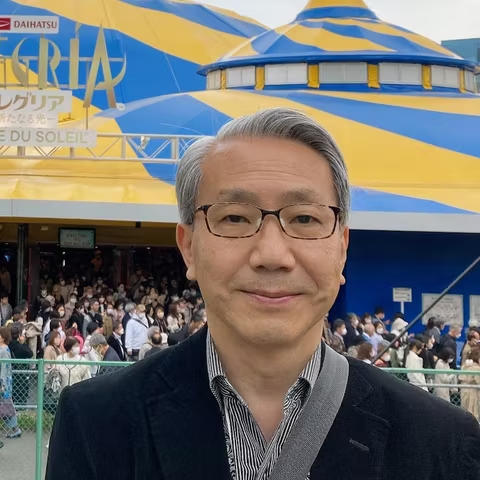
This tour can be customized to meet your needs and preferences. Click below to send me a message with your requests.
Inclusions & Exclusions
Guide fees
Transportation fees
Admission fees
Meal fees during the tour.
Tour Important Information
This tour involves a lot of walking, so please dress lightly. Comfortable walking shoes are recommended.
Lunch is not included, so you can select to have lunch in Chinatown or Yokohama.
Transportation fees, admission fees, and meal fees during the tour.
Please feel free to contact me if you have any requests.
Cancellation Policy
- Free cancellation - 8 days prior to meeting time
- 50% Refund - 3 to 7 days prior to meeting time
- No Refund - Within 2 day(s) prior to meeting time
About Tour Guide Naoya U.
My Name is Naoya.
I was born in Tokyo in 1952.
After my graduation from Keio University, I joined a Japanese bank.
Mainly I was assigned international business and stayed in London for three years.
At the age of 52, I moved to a Japanese manufacturer company and had worked for 11 years.
As a personnel manager, I engaged in hiring Indian graduates.
Then for two years, I went to Tashkent in Uzbekistan as a JICA senior volunteer.
I taught "corporate finance" at Tashkent Financial Institute in English.
I got the guide license in 2017, After I came back to Tokyo, I am working as a volunteer guide,
especially in Shinjuku.
I hope to create special and deep tours in which tourists are interested but by now they were not
able to gain access to.
For example; Visit to various Universities, Visit to narrow streets in Tokyo, Visit to feel Edo (Now and Then)
My hobby is playing the guitar. I hope we are in peace through music.
I am also interested in Art, History and cooking.
My major subject is economics and finance.
Reviews
Samantha F.
“Amazing Guide, best guide ever”
Naoya san is truly our best guide. We booked about 7 days with him and glad we did. He is knowledgeable, patient, kind and accommodating. He has a great sense of humor! We had to switch plans on him twice today because we were needing to stop and eat and he was very flexible. He carefully plans each day and explains the days plans and gives us lots of interesting facts. He does not overwhelm us with info which is great. We have asked him a ton of questions and he always patiently answers. We used public transportation like buses, trains and shinkansen which I preferred to keep the cost down. He realled planned a great day, lots of activities including gondola ride and pirate ship. Definitely book with him!
Samantha F.
“Best guide ever!”
Noaya san is an awesome guide. We have several tours with him. Every day he explains where we are going and plans for the day. Very organized. Speaks really good English. Has proven to be our best guide. He is very intelligent, knowledgeable and very nice. You will have a great time with him. These pictures are not necessarily about today's trip just fyi.

Naoya U.
Today we went around Yokohama. Thank you for your compliments. Yokohama was one of the first ports to open to the world when Japan began to open up at the end of the Edo period. On the other hand, the Minato Mirai area has undergone recent development and offers a modern perspective. You enjoyed the view from the Sky Cabin and shopping at the Red Brick Warehouse. In Chinatown, you visited the Guan Yu Temple and enjoyed Chinese food. We have made some good memories. And let's remember the warm words of the fortune teller at the end. Naoya
Samantha F.
“Naoya is an amazing guide”
Naoya is very knowledgeable and always prepared. We have booked several days with him and so glad we did. He is so personable. We are having a great time with him. He explains so well. Speaks English great! I didn't realize each day he printed us an itinerary.

Naoya U.
We left busy Tokyo for the quiet Kamakura. As soon as we got off the Kita-Kamakura station, we were surprised by the silence and the greenery of the trees. I'm extremely happy to have had the opportunity to spend a nice day with you all. Thank you for your kind words. We enjoyed matcha tea at Engakuji Temple. And I'm sure you all felt calm as you looked out over the Japanese garden from the main hall. At Meigetsuin Temple, the hydrangeas were just starting to bloom. After lunch, we visited the 11-faced Kannon statue at Hasedera Temple and the highlight of the day, the Great Buddha, at Kotokuin Temple. It was a day that cleansed our hearts and made us feel refreshed. Thank you all for your cooperation today, we were able to finish safely. Naoya Usuda
$174/ per group
More tours by Naoya U.
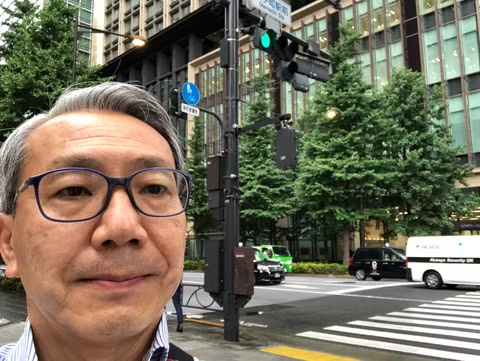
One day trip in Tokyo
One day trip in Tokyo

One-day trip to Hakone
One-day trip to Hakone
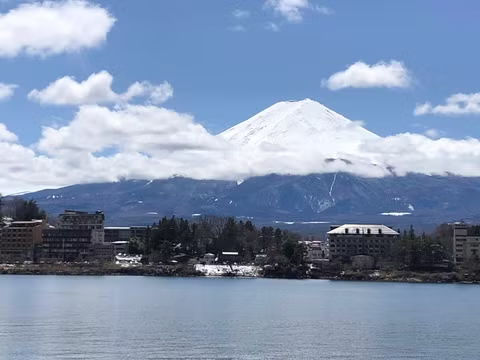
Mt.Fuji & Lake Kawaguchi-ko
Mt.Fuji & Lake Kawaguchi-ko
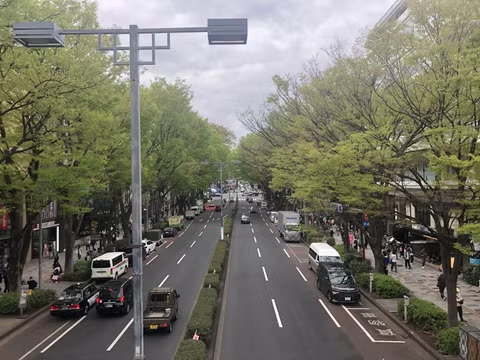
For the first time visitor, Meiji-jingu Shrine and Shibuya, Five hours
For the first time visitor, Meiji-jingu Shrine and Shibuya, Five hours
Other Popular Kids & Family Friendly Tours in Yokohama
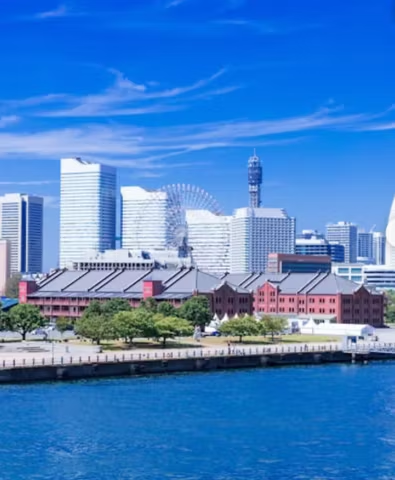
How about experiencing the modern and historical attractions in Yokohama?
How about experiencing the modern and historical attractions in Yokohama?

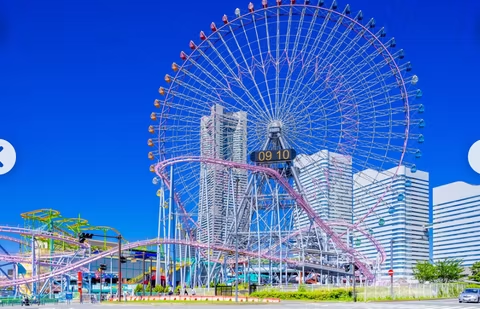
Quick fun in Yokohama!!
Quick fun in Yokohama!!

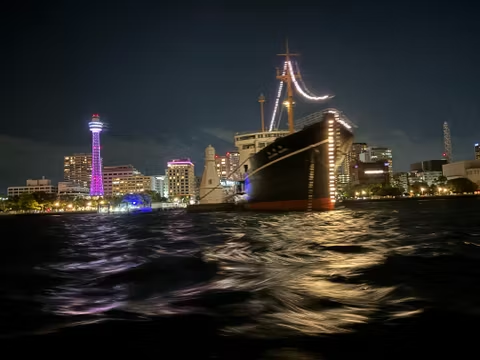
Yokohama’s breathtaking nightscape
Yokohama’s breathtaking nightscape


